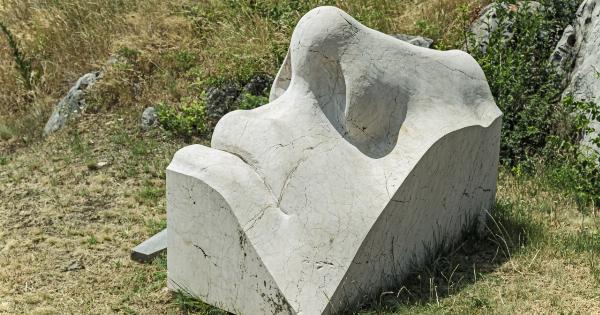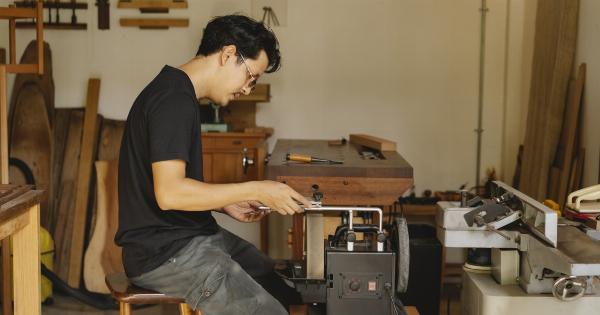People are born with different facial features that define their beauty. Among these features, the nose is one of the most prominent. A perfect nose is subjective, and it’s not a universal standard of beauty as people’s preferences differ.
Despite that, most people have an idea of what they consider as a normal, proportional and aesthetically pleasing nose.
In this article, we will discuss the factors that make up a perfect nose, explain the ideal nose proportions, and give you an easy way to determine if your nose is perfect or not.
What Makes Up a Perfect Nose?
The three most important factors that make up a perfect nose are symmetry, size, and shape.
Symmetry: Symmetrically aligned noses are considered perfect. A symmetrical nose means that the two halves of the nose have equal shapes and structures.
Some people are born with asymmetrical noses, which is normal, but significant asymmetry may affect the overall balance of the face.
Size: The size of the nose should be proportional to the face. A nose that is too big or too small may appear out of balance and affect the facial harmony and proportions.
Shape: The shape of the nose should be balanced and in harmony with the surrounding facial features. A well-proportioned nose should have a straight bridge, a slightly concave profile, and a slightly upturned tip.
Ideal Nose Proportions
The ideal nose proportions should follow the 1:2:3 ratio rule. According to this rule, if you draw an imaginary line down the middle of the face, the nose should fall within one-third of the facial width.
Moreover, the nose should be one-third of the length of the face from the hairline to the chin. The ideal angle between the forehead and the nose bridge should be between 115 to 130 degrees.
The tip of the nose should not protrude more than the upper lip but should be slightly higher than the nostrils. The distance between the eyes should be equal to the width of the nose base.
Discovering if Your Nose is Perfect
Now, how do you know if your nose is perfect? The easiest way is to use a proportion measuring tool or a ruler. This is how you can do it:.
- Measure the width of your face by placing the measuring tool on the two cheekbones and note the total width.
- Measure the length of your face from the hairline to the chin.
- Divide the width measurement by three to know the ideal nose width.
- Check if your nose falls within the ideal nose width.
- Divide the face length by three to know the ideal nose length.
- Check if your nose fits within the ideal nose length.
- Check the angle between your forehead and nose bridge. If it falls between 115 to 130 degrees, then it’s ideal.
- Check that the tip of your nose is not protruding more than the upper lip, but it is slightly higher than the nostrils.
- Check the distance between your eyes. It should be equal to the width of the nose base.
If all the above criteria are met, then congratulations, you have a perfect nose! However, if some of the criteria are not met, don’t worry. These criteria are subjective standards of beauty, and you can still have a beautiful nose.
Conclusion
The concept of a perfect nose is subjective and may differ from one person to another. However, certain standards have been developed concerning the characteristics of the ideal nose. These include symmetry, size, and shape.
Moreover, the ideal nose proportions should follow the 1:2:3 ratio rule, and the nose should fall within one-third of the facial width. Finally, you can use a proportion measuring tool to determine if your nose meets these criteria.
Remember, beauty is subjective, and having an ideal nose does not define your self-worth. Love and accept yourself for who you are, and always strive to be the best version of yourself!.































